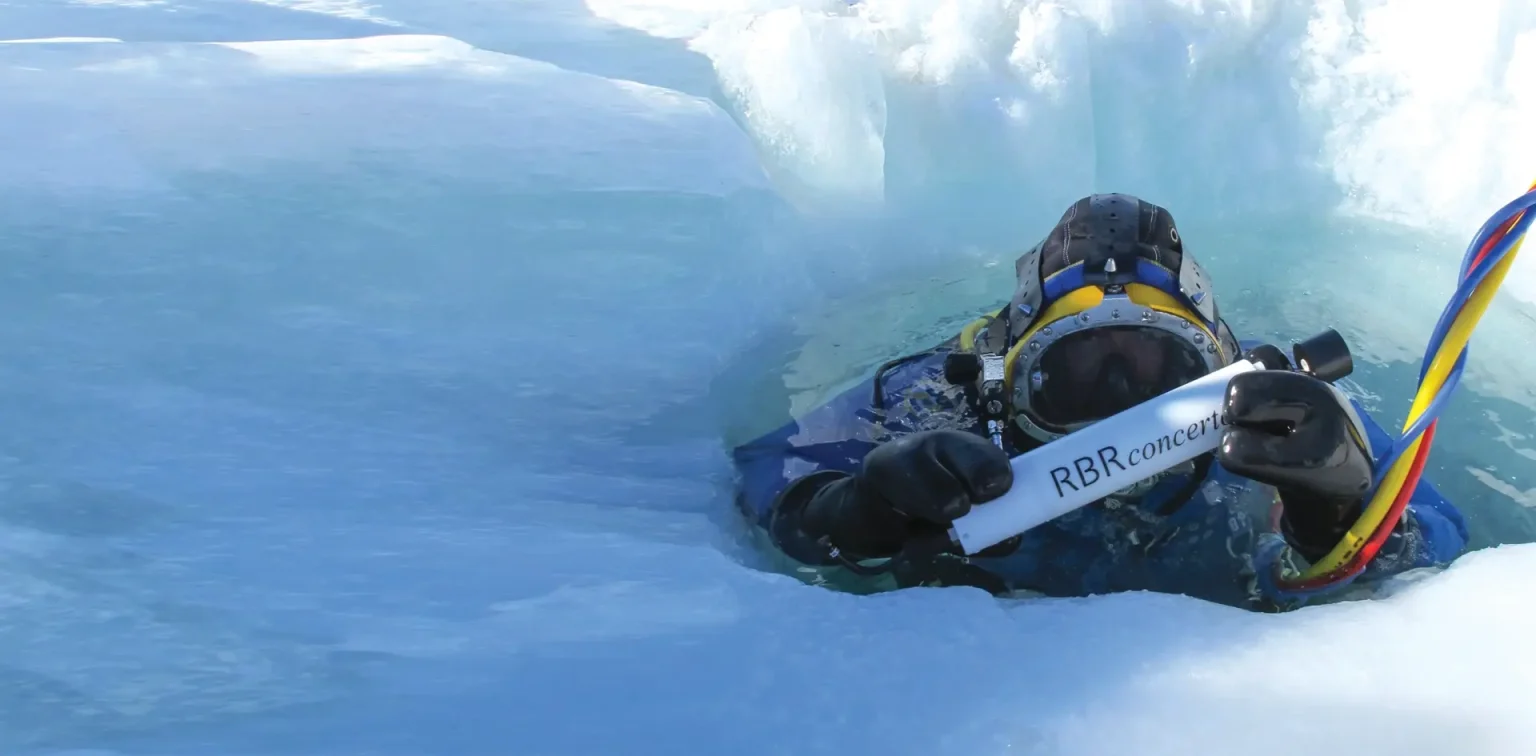Latest User stories
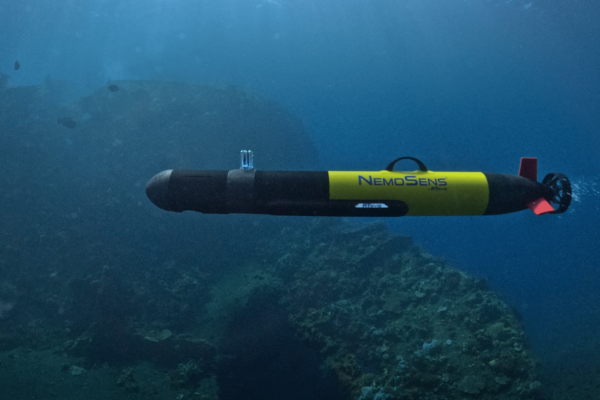
Micro-AUVs: Making waves for the future of oceanographic technologies
As technology continues to progress and evolve, so does the equipment that scientists use in their monitoring programs. Autonomous Underwater Vehicles…
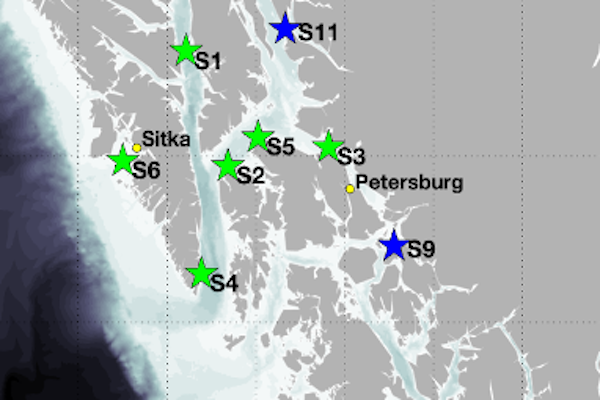
Trolling for data in Southeast Alaska
The ocean surrounding Southeast Alaska is a geomorphically complex area in the Northeast Pacific. Despite the complexities of this area and…
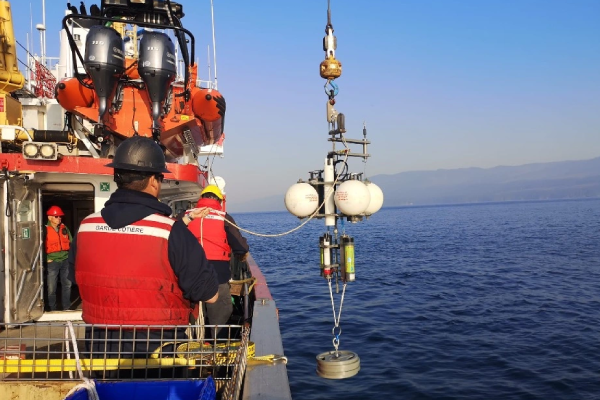
Monitoring sound in the Salish Sea: how scientists are trying to understand the decline of Southern Resident Killer Whales
The Salish Sea, located on the west coast of Canada, is bounded by the lower mainland of British Columbia to the…
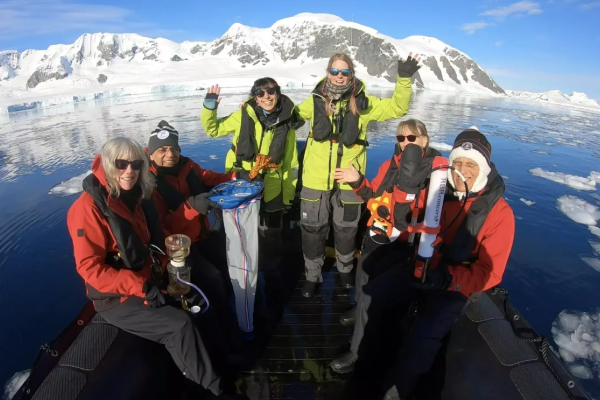
FjordPhyto: Citizen science in the Antarctic
Air and ocean temperatures have notably increased in the Antarctic since the 1950s, with publications finding that it is the third…
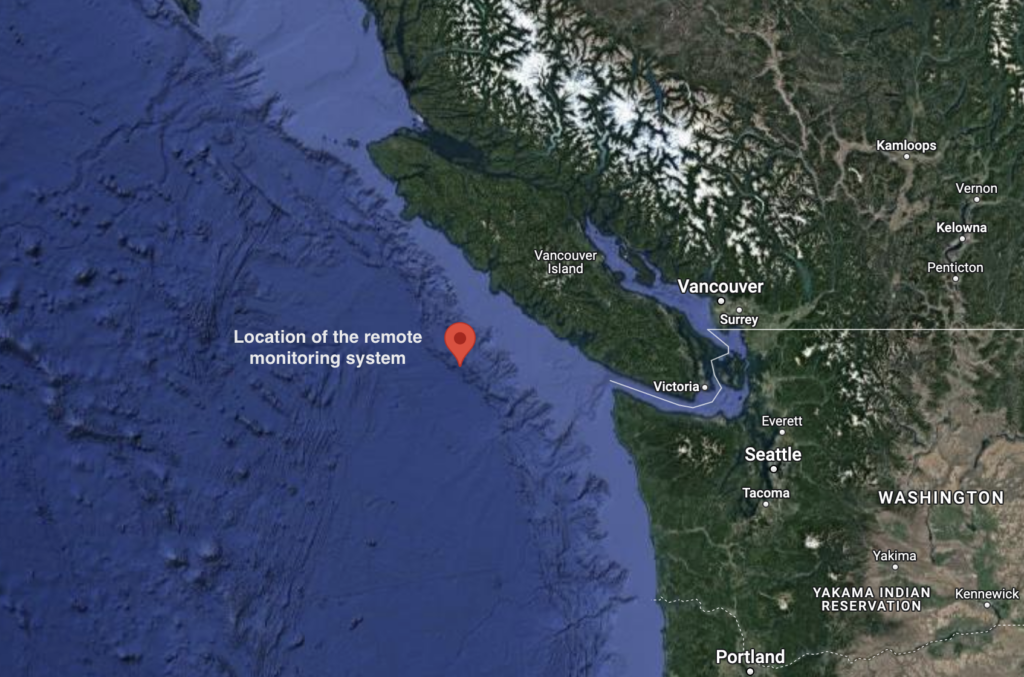
RBR and Ocean Networks Canada collaboration extends long-term seismic monitoring capabilities
In 2021, RBR and Ocean Networks Canada (ONC) collaboratively designed and deployed a suite of instruments tailored to long-term and remote…
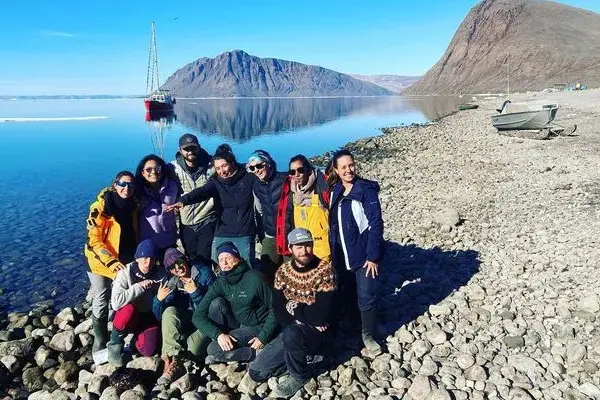
Understanding the glacier-ocean connection in Jones Sound: A multidisciplinary approach
Nestled between Ellesmere Island and Devon Island is Jones Sound, which is located in the rapidly and dramatically changing Canadian Arctic.…
